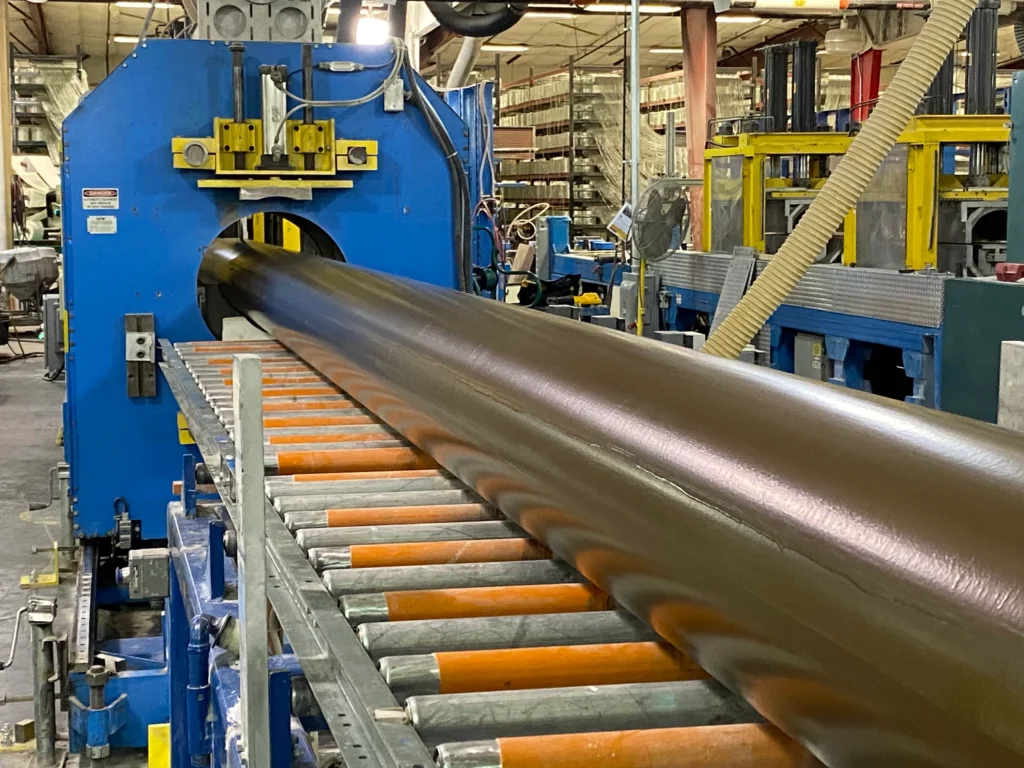
Compared to legacy materials like wood, iron, steel, aluminum, and concrete, composite materials have emerged as a game-changer in various industries. The composites industry, although relatively young, has experienced significant growth and development since its inception in the late 1950s. Over the past few decades, composites have become a necessity, offering a range of advantages that have revolutionized the manufacturing landscape. Let’s take a look at how composites have evolved over the years and why they are now indispensable.
In the early stages, composites faced skepticism from engineers who were accustomed to working with traditional materials. Composites were seen as unconventional, even “weird,” due to their unique properties and composition. However, pioneers in the industry recognized the immense potential of composites and worked diligently to convince customers to give them a chance.
Composites, despite their relatively young existence when compared to traditional materials, swiftly rose to prominence since their inception in the late 1950s. Composites stood out due to their exceptional properties and unique composition. Overcoming their unconventional reputation necessitated industry pioneers to fervently advocate for their widespread adoption.
A pivotal moment for composites was their capacity to replace legacy materials in existing applications. Demonstrating superior performance, especially in terms of lightweight attributes and remarkable strength, paved the way for their wide acceptance. Industries such as aerospace, automotive, and marine swiftly recognized these advantages, leading to their early integration. This transition proved to be critical as these sectors demanded weight reduction and enhanced overall performance.
One of the innate advantages of composites lies in their remarkable strength-to-weight ratio. Unlike conventional materials that often require trade-offs between strength and weight, composites offer an unparalleled equilibrium of both properties. This distinctive feature has propelled them to the forefront of industries like aerospace. Here, the utilization of composites translates to reduced fuel consumption, increased payload capacity, and an elevated overall performance.
In sectors subjected to cyclic loading or dynamic stresses, composites excel due to their impressive fatigue resistance. The wind energy sector serves as a prime example, where turbine blades constructed from composites endure repeated loading without succumbing to degradation. This attribute enhances the efficiency and reliability of renewable energy generation, contributing to sustainable energy solutions.
Composites exhibit superior insulation properties when compared to materials like aluminum and steel. This characteristic positions them as the preferred choice for applications necessitating thermal or electrical insulation. Industries such as construction and infrastructure reap the benefits of composites’ capability to withstand extreme temperatures and provide dependable insulation.
The composites industry has witnessed remarkable growth in recent decades, driven by advancements in manufacturing processes and material formulations. These breakthroughs have expanded the range of applications for composites, making them more accessible across various sectors. The cost reductions resulting from these innovations have further contributed to their widespread adoption.
As technology continues to advance, the role of composites in manufacturing, construction, and transportation is poised to become even more significant. The journey of composites from a skeptical product to a necessity in important industries is a testament to their enduring impact on the modern world.
Feel Free to Contact Us

One of India’s foremost manufacturers of FRP products. Our unwavering dedication to creating products and solutions that offer tangible value and services to our customers has led us to become a leading name in the industry.
Copyright © 2023 Bajrang Agencies. All Rights Reserved.
